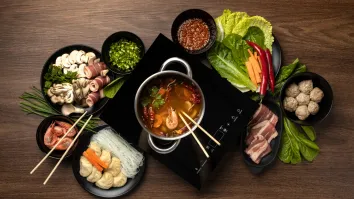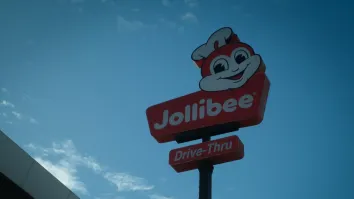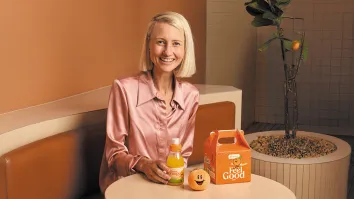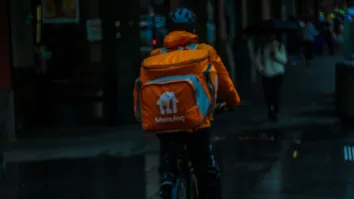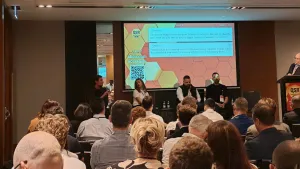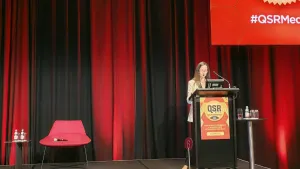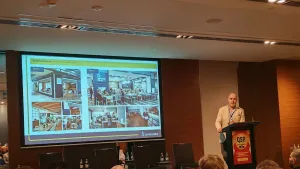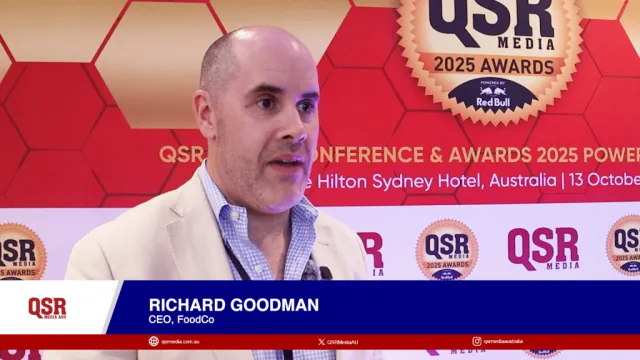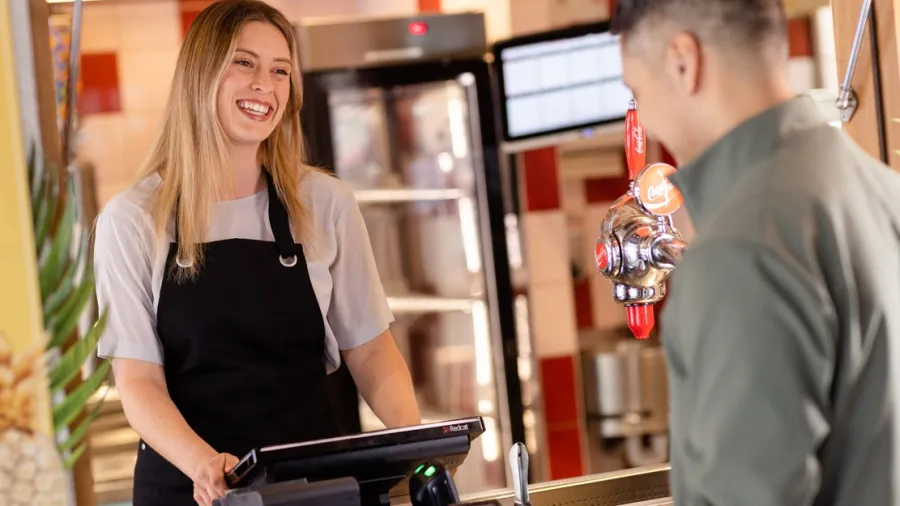
All-in-one hospitality platform Redcat aims for a strong 2023 with UK expansion and new technology solutions
The hospitality platform is gearing up with some exciting plans
The QSR industry faces a wide variety of challenges. In order to find success in this market, companies need to adapt to the ever-changing demands of employees, and hungry customers.
That's why we were thrilled to interview Lawrence Pelletier, Sales and Marketing Director of Redcat Hospitality IT Platform, the all-in-one hospitality platform helping QSRs to optimise their operations and connect with customers. The company provides QSRs with software solutions including POS, customer loyalty programs, online ordering, and delivery integration.
In our interview with Lawrence, we asked him about the opportunities and challenges in the QSR industry as well as his company's plans for 2023.
QSR Media: From your vantage point, what are the opportunities and challenges QSRs should watch out for in the next 2-3 years?
LP - Consumer behaviour is one. You need to work with the consumer based on how they want to interact. Consumers might prefer to use the kiosk, or order at the table, or perhaps talk to a human - we call this omnichannel behaviour. One of the big challenges is figuring out what's the right combination in your business if you’re going to cater for the different segments.
For example, I have a daughter who's 20 and so, for her, one of her decision points to go somewhere is whether they have QR code ordering at the table - if not, she’ll go to the place next door that does have it. She and her friends don’t want to talk to humans, and they don’t want to split bills manually. Whereas, if it was me and my partner, we would prefer a place where I can talk to a human.
So one of the challenges in QSRs is ‘how do I cater for those different types of people? How do I make sure that if I've got a loyalty concept, it works in all those different places? How do I make sure everybody feels equally included or rewarded or recognised regardless of how they want to interact with me? Then on the other end of that, how do I get reporting that tells me all of those important metrics mixed together, where I can see what's happening in my business and how successful each of those different points of contact is?’
The next challenge is the shift that's happening towards kiosks and self-service. There are staff shortage problems constraining a lot of businesses right now. Using technology to shift some of the workload to self-service can help. That could be QR code ordering, a kiosk, or even online ordering so that you don't have to speak to each customer to take their order.
The third challenge is around the cost of goods and inefficiencies. When the cost of goods is out of control, how can you use technology to help manage costs? One approach is through an automated and efficient kitchen. Another is through delivery integration or what we call white label deliveries.
We work with DoorDash Drive and Uber Direct for white label deliveries, where we basically organise the entire workflow right down to the delivery itself. Whether it's Nando's or Grill’d or a small company on the corner, the consumer orders from the food provider, and we organise a third-party delivery through our technology stack.
So we are addressing QSR’s key challenges to create opportunities, and using technology to support business growth and efficiency.
How does Redcat help QSRs leverage these opportunities and overcome the challenges?
The Redcat platform provides best-of-breed deep partner integration, omnichannel loyalty functionality, and centralised menu management.
We integrate directly with Uber Eats Marketplace, Menulog (Just Eat), DoorDash Marketplace, Uber Direct, DoorDash Drive, and even Deliveroo (in the UK), managing well over a million integrated orders a month. This tight integration reduces labour in the store, increases order acceptance, and enables detailed reporting. It’s one of our most sought-after features and adds incredible value to each site’s operation.
With menu management, we manage all of the QSR’s menus. That means the images, the descriptions, the kilojoules/calories, the price, and the menu structure. We enable QSRs to manage menus in one system that feeds out to more than a dozen different areas - delivery aggregators such as DoorDash & Uber Eats, online ordering, kiosks, and QR code ordering - everywhere.
Then we provide the data flows and reporting across the enterprise so that QSRs know everything that is happening in their businesses.
What three goals are you focused on in 2023? What changes, if any, are you planning for?
Number one is the expansion in the UK. So we've actually hired our new UK country manager, Marc Brown. We are gearing the UK expansion up with all sorts of fun things. That’s a big goal this 2023: to get the UK expansion up and running which is very exciting.
The second is loyalty through payments which is about the tokenisation of credit cards. In the future, whenever you use your credit cards, the QSR can give you loyalty points or you can now be a loyal member by just using the credit card. There are some nice different aspects of how we deal with loyalty through that sort of methodology. So we're looking forward to exploring that this year.
The third one is growing our team. We had about 30 staff and we now have about 75, so growing pretty heavily and that'll continue to happen especially with the UK coming on. So I think that one of our focuses this year is how do we grow successfully without losing our focus on the customer.
What does the future look like for the QSR industry?
In QSR, there’s a shift from telling customers where they must interact, to meeting them where they would prefer to interact. Traditionally QSRs have told customers they must come to the point of sale to be served. Now, they can also order online and pick stuff up. They can use a QR code or a kiosk – whatever they prefer. I think that's one of the things that we have to adapt to as an industry.
Next is the consolidation of QSRs’ tech stack. Most organizations will start small, and they'll start to build their solution. So they'll take a point-of-sale system, add on some sort of loyalty thing, have kiosks and online ordering, a QR code ordering, and all these different aspects. What happens is it becomes quite messy. It’s difficult to get all those systems to talk to each other and to report in one place. So life gets really difficult quickly. I think with the consolidation of that tech stack, QSRs need fewer components that still do the same job or that will give a better result. That's one of the big things coming in.


